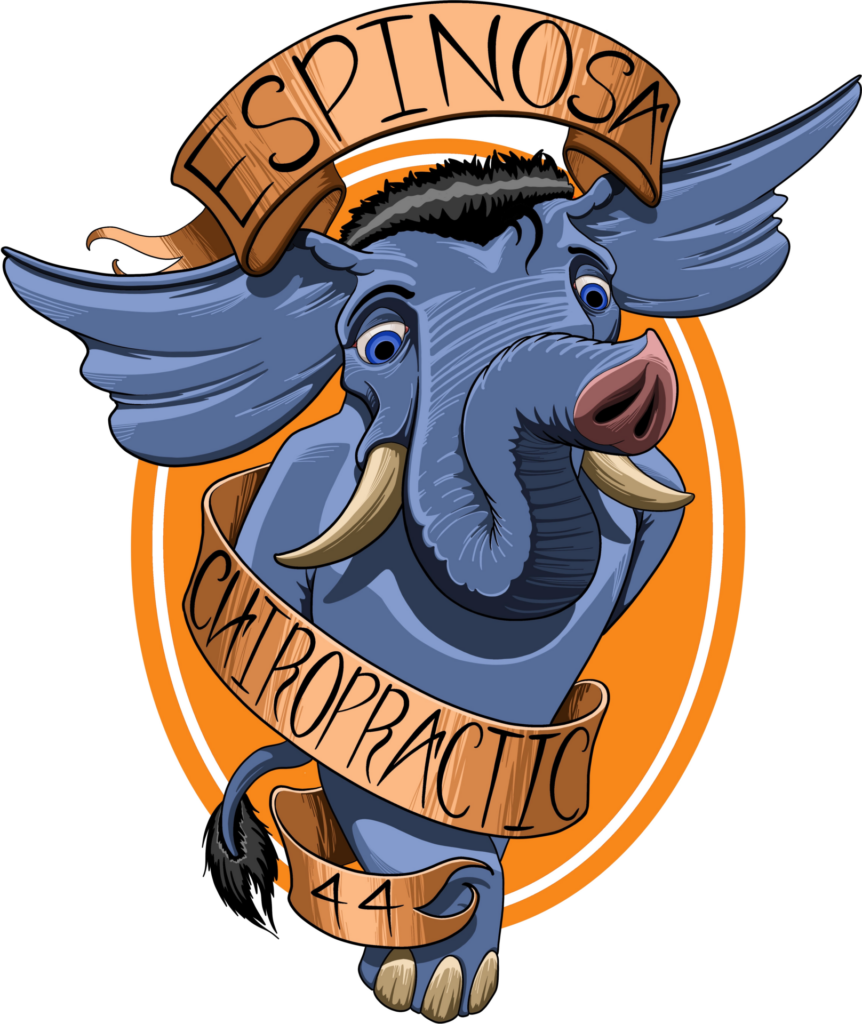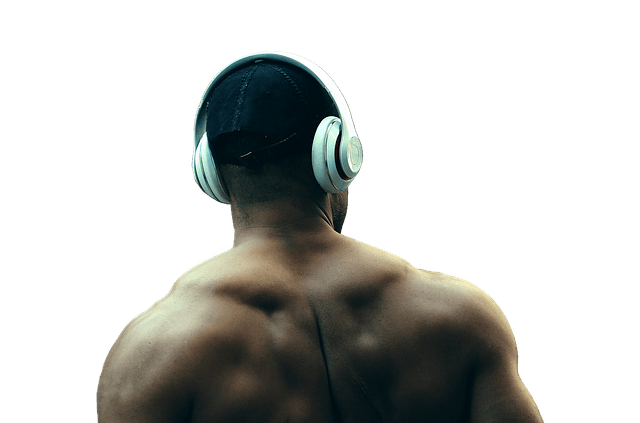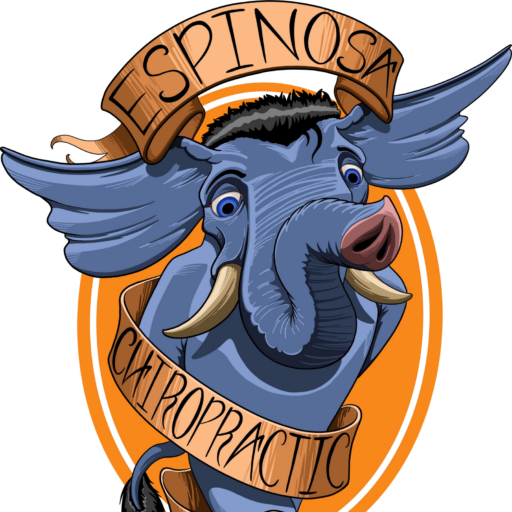Archive for March 2017
Are you Ignoring one of the Most Important Muscles in your Body?
Your trapezius could be the most important muscle you are not conditioning
It is certainly one of the least targeted muscles in the weight room. In fact, it rarely comes in for attention until you feel stiff across the shoulders after a day in the office chair. As with most muscles, lack of movement leaves the trapezius contracted and you experience that familiar stiffness in the upper back and neck. It’s no surprise when you consider its location: the trapezius connects from the occipital muscles in the neck down to the lower thoracic vertebrae and influences shoulder and neck mechanics, as well as overhead rotation of the arms.
Treat your trapezius
The muscle is made up of three distinct parts: the upper, middle and lower, each performing a different function. The key to working out your trapezius is conditioning each part equally; by doing so, you can encourage a healthy alignment of the shoulders and upper spine. This can go a long way toward preventing the development of spinal conditions down the road.
A stronger set of traps could have you looking better and feeling better
We have given you a few reasons why you might want to pay attention to your traps. Shrugging your shoulders is the simplest way you can start conditioning your trapezius and we can show you ways you can stretch this muscle right from your desk to prevent pain and stiffness from surfacing due to lack of movement. Give our office in Sacramento a call to schedule an appointment today.
Dr. Raymond Espinosa, D.C.
Creating your Zen Den
Having trouble falling asleep in Sacramento? It may be time to change up your sleep environment.
When it comes to falling and staying asleep, a huge contributing factor is what surrounds you. As we get older, we are going to face more strain on our sleep life- things like stress, caffeine and alcohol consumption and lack of exercise stack the odds against us finding restful sleep. This is before you factor in genetics and the possibility of sleep disorders that can develop with age. It is important to balance these malefactors with things you can control and, quite fortunately, you have control over the environment that you sleep in.
Establishing your zen den: getting creative with your sleep environment.
When renovating your bedroom to account for more sleep, think about the things that give you the greatest peace. What colors bring you serenity? I bet you could find a hue that looks good on your walls. What smells make you feel relaxed? A bit of lavender in a room can freshen up the smell. This is how you go about creating a zen den. Here are a few other things we came up with:
- Sleep hygiene: cleanliness is not overrated- a fresh, clean smelling set of sheets goes a long way to helping you relax.
- Mattress and pillow comfort: when it comes down to value for price, a mattress is one of the best purchases you can make. You spend a lot of time on your mattress, so its worth getting this decision right.
- Control of noise: yes, keep out the bad noise, but do let in the good noise if it helps you sleep. A lot of people find success falling asleep with white noise.
- Ambient temperature: keep the bedroom cooler so you can get comfy and warm under the blankets.
Pain should not be a part of your sleep environment.
If you are struggling to fall or stay asleep because of pain in your back, joints or muscles, it is time to find and address the root of your pain. We are Sacramento’s specialists in detecting the true cause of dysfunction in the body and we can help you set a course for rehabilitation to get rid of pain and make sleeping easier. Give our office a call to schedule an appointment today.
Dr. Raymond Espinosa, D.C.
Before Bed: Replace Screens with Stretching
Stretching makes falling asleep easier
To riff on the trend of our last blog, why not try reallocating a few minutes of screen time to the relaxing pursuit of stretching. By stretching in the hour leading up to bed, you will release any lasting muscle tension from the day while promoting relaxation and harmony within your body. By being mindful and practicing deep breathing, you are also nourishing your brain with the oxygen it needs to calm down and switch off.
You don’t even have to get out of bed to stretch
Forget breaking out the yoga mat- you don’t even have to leave the bed for these simple stretches. The ones we have selected here target the lower back, hip and hamstring regions, places that accumulate a lot of tension during a day spent sitting. All of these stretches start by laying flat on your back (in bed):
- Knee to chest: bring one knee up toward your chest and clasp both hands on your thigh for support. Hold 30 seconds then switch sides
- Spinal twist: bring both knees up toward your chest then lower them down to the right side. Extend your left arm straight out and look over your left shoulder. Hold 30 seconds then switch sides and repeat.
- Hamstring stretch: Extend one leg up as straight and high as possible. Clasp behind the thigh with both hands for support. Hold 30 seconds and repeat with other leg.
Stretching and sleeping are integral parts of our wellness plan
At Espinosa Family Chiropractic, we know that a good night’s sleep is worth its weight in gold. That’s why we want to offer you all the tools at our disposal to help you find the solace of sleep. A great way to start sleeping better is to target long-standing pain in your back- by detecting the true root of your pain and creating a plan for getting better, we will have you sleeping more peacefully in no time. Give our office in Sacramento a call to schedule an appointment today.
Dr. Raymond Espinosa, D.C.
Are Screens Stopping you from Sleeping?
Nothing is more frustrating than tossing and turning while trying to fall asleep
Some of us have more restless nights than others, but it is always worth investigating the reasons why our brain just won’t fall into that peaceful rhythm that lets us find rest. A factor that is on the rise (and this is no surprise) is the interference of digital devices with our sleep patterns. Screens are keeping us awake because of three main factors:
- The sounds keep us up: bings, chimes and alarms all interfere with the quality of our sleep and can make it difficult to fall asleep in the first place.
- They interfere with melatonin production: the blue light illuminating a face in the darkness. This literally suppresses melatonin production in your brain and interferes with your circadian rhythm.
- They keep our brains alert by keeping us engaged. Pre-sleep should be devoted to winding down rather than continuing the trend of technology from the daytime.
Get to sleep easier with a digital detox
Each night should have at least 30-minutes (and preferably one hour) of gadget-free time before bed. Just like your body needs to be warmed up to exercise with stretching, your brain needs to warm up to the idea of shutting down and sleeping. Avoiding devices for an hour before bed will help you find the peace needed to fall into a deep, restful sleep. A dependable pattern also helps: choosing to go to bed at the same time each night indicates to your body that it is soon time for sleep.
Dr. Raymond Espinosa, D.C.
Success with Setting Goals
Not all goals are created equal
In lieu of our last blog about setting goals for spring-time, let’s talk about how to set goals successfully! The first and most important element of goal-making is being realistic. As it applies to fitness, be honest with yourself and locate yourself on the fitness spectrum- are you truly a person who shuns all exercise, someone who works out casually 3 times a week, someone who walks to say in shape or a more dedicated gym-goer? Locate yourself and feel no shame- we all start from a different point on the spectrum; the important part is that we start at all.
A checklist for successful goal-setting
- On a piece of paper, write down your goal.
- Make it as realistic and detailed as possible- you want to walk 30 minutes a day, stretch for 30 minutes, or complete 3 30-second planks per day. The idea is that you keep it small and easily attainable at first.
- Choose a way of going about it that will bring you joy: what activity do you enjoy most? If running is not your thing, don’t run! Choosing activities that bring you joy keeps you coming back for more.
- Choose a time frame that sets you up for success- no more than two months for a short-term goal.
- Schedule the time: set an alarm on your phone or write yourself a big, bold note on the fridge.
Set one goal at a time
This is the foundation from which you will grow. The feeling of success that comes with achieving one goal will spur you on to set and achieve the next one. At our office in Sacramento, we can help you achieve any fitness goals you set for yourself by supporting your body and treating chronic pain. Let’s stack the odds in your favor- give our office a call to schedule an appointment today.
Dr. Raymond Espinosa, D.C.
Goal-Setting for Spring Time
New Years Resolutions should be set in spring
It is the time of renewal and a positive change in the weather; the time of color and abundance in produce; if ever there were a season that was geared toward losing weight it would be this one! It’s the time to put the dourness of winter behind and focus on what makes us happy. But how do we start breaking ourselves out of our winter skin to take advantage of the season? By setting goals that are realistic and that take advantage of the season.
Let’s focus on why we want to set goals for spring first:
- Improve health
- Boost immune system
- Get outside and enjoy the season
- Improve mood
Setting goals that are spring-specific
- Getting outside: walking 30 minutes in the winter is not the same as in spring. Warmer temperatures mean more calories burned.
- Eat 1-2 pieces of fruit a day, preferably from the farmer’s market or your own garden!
- What activity do you love? Biking, swimming, running, walking- choose the one you like most and schedule a few 30-minute blocs for it in your weekly schedule.
- Get involved locally: volunteer in the parks, sign up for a community race that supports a good cause and get training.
- Stretch in the backyard or on the front porch: there’s more to look at!
- Spring cleaning: Gets your body moving and helps to clear you mind to fight stress!
The earlier you start the better
With spring right around the corner, there is no better time than now to grab a friend and get outdoors. If you are itching to get outside but your body is ailing from a long winter spent inside, give our office in Sacramento a call. We can help you address long-standing muscular and structural dysfunction so that you can get out and pursue the activities you love. Let’s make spring the foundation for a year full of fitness!
Dr. Raymond Espinosa, D.C.


